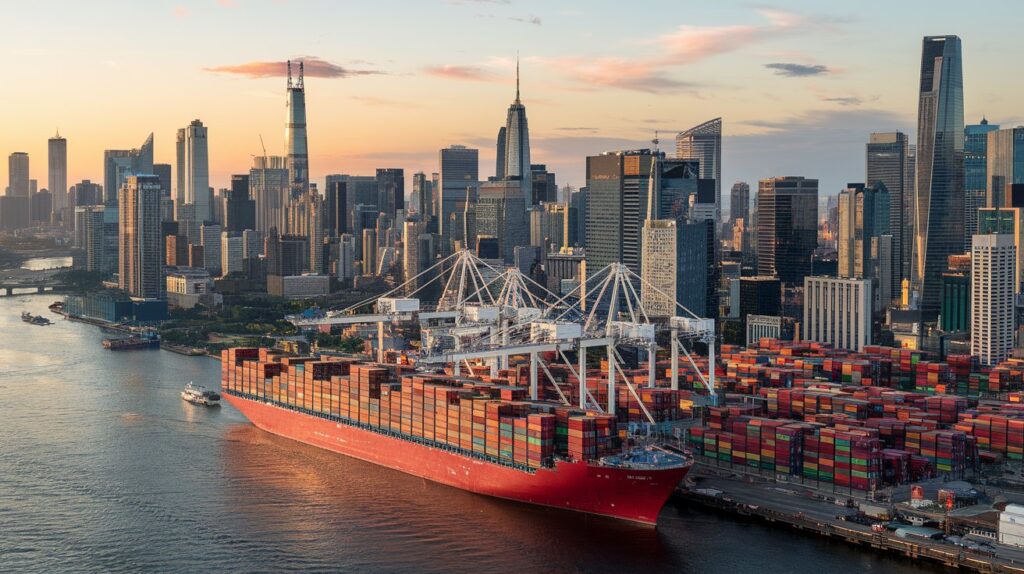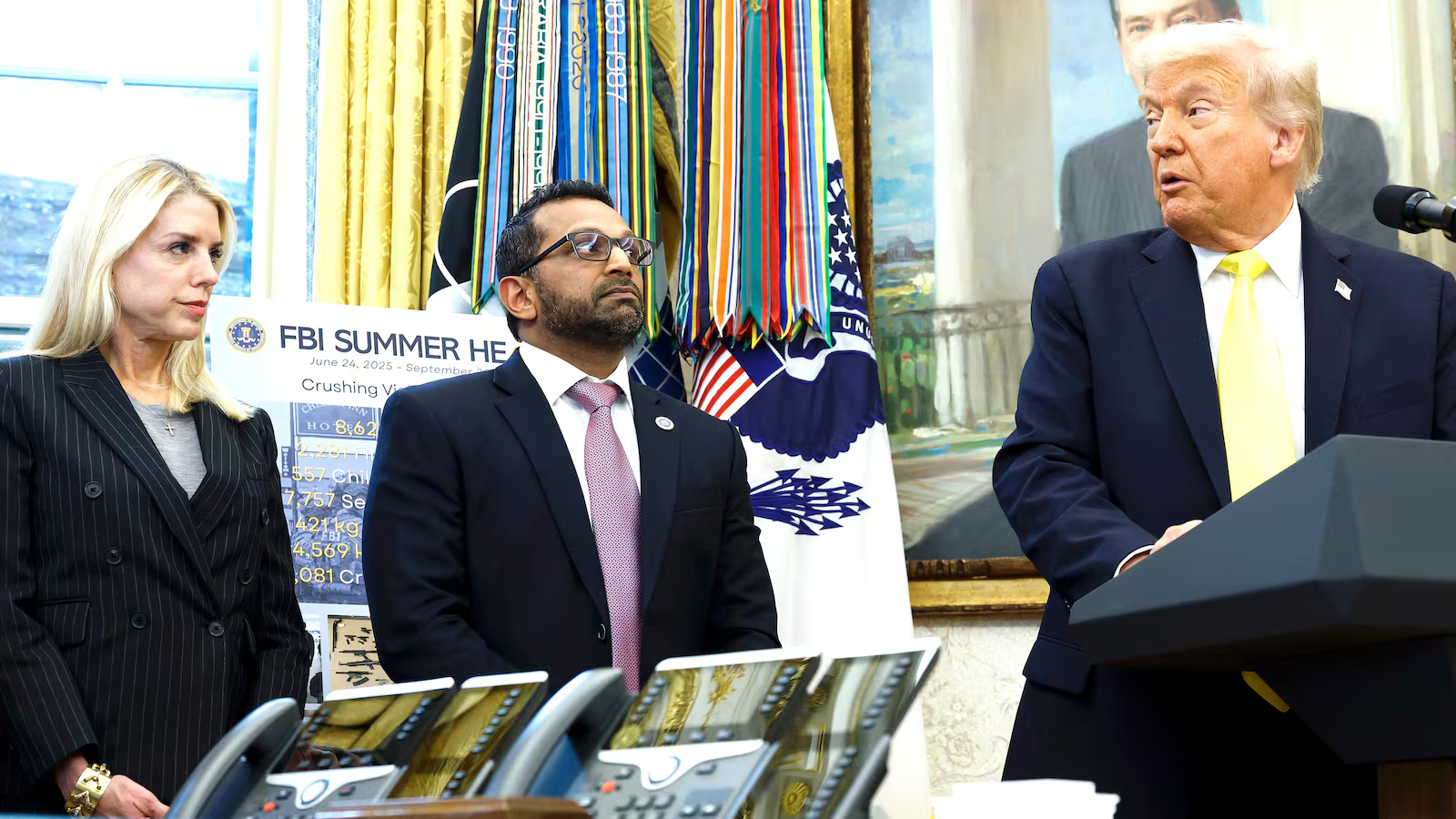Dow Jones Futures Rise Despite President Trump’s Tariff Threats on Canada and Mexico; Dow Jones futures rise despite ongoing trade tensions, signaling investor confidence even as President Donald Trump threatens new tariffs on imports from Canada and Mexico. The potential tariff hike, aimed at addressing issues related to unauthorized migration and drug trafficking, has sparked widespread concern among businesses and policymakers. However, the financial markets have responded with surprising resilience, with the Dow Jones Industrial Average (DJIA) surging and demonstrating strength amid uncertainty. In this blog, we will explore the key factors driving market optimism, the potential economic implications of these tariffs, and what investors should watch in the coming weeks to stay ahead of market trends.
Table of Contents
Dow Jones Climbs Amid Trade Tensions
On Tuesday, the DJIA surged over 400 points, approaching the 44,000 marks for the first time since mid-December. The S&P 500 and Nasdaq Composite also posted gains, with the S&P 500 rising 0.57% to a record 6,021.63 and the Nasdaq climbing 0.63% to 19,174.30. These gains indicate that investors are largely optimistic despite potential disruptions caused by new trade policies.
Why the Market Is Rallying
Despite the looming tariffs, several factors are contributing to the market’s resilience:
- Strong Corporate Earnings: Many major U.S. companies have reported better-than-expected earnings, driving investor sentiment.
- Optimistic Economic Indicators: Positive job reports, and consumer spending data suggest underlying economic strength.
- Investor Confidence in Negotiations: Market analysts believe that the U.S., Canada, and Mexico may negotiate new trade terms to avoid a full-scale trade war.
Canada and Mexico’s Response to Tariff Threats
Canadian officials have expressed confidence in avoiding these tariffs through diplomatic channels. Outgoing Prime Minister Justin Trudeau and Alberta’s Premier Danielle Smith have highlighted Canada’s crucial role in supplying energy resources to the U.S. economy. Meanwhile, Ontario Premier Doug Ford has warned of potential retaliatory measures, including boycotting American-made products.

Similarly, Mexican officials have indicated a willingness to engage in discussions to prevent economic disruptions, emphasizing the importance of bilateral trade agreements under the USMCA (United States-Mexico-Canada Agreement).
Potential Economic Impact
While the stock market has responded positively for now, economists warn that the proposed tariffs could have long-term implications, including:
- Increased Consumer Costs: Higher import tariffs could lead to rising prices for goods, impacting American households.
- Supply Chain Disruptions: Businesses reliant on Canadian and Mexican imports may face challenges in procurement and production.
- Inflationary Pressures: The added costs may contribute to inflation, forcing the Federal Reserve to adjust its monetary policies.
What Investors Should Watch for Next
As the February 1 deadline for the tariff’s approaches, market participants should closely monitor:
- Government Announcements: Any updates from the White House or trade officials could influence market movements.
- Corporate Responses: Businesses in key sectors such as automotive and agriculture may issue statements on potential impacts.
- Negotiation Developments: Ongoing discussions between the U.S., Canada, and Mexico could result in revised agreements to ease trade tensions.
Dow Jones Futures Rise Despite President Trump’s Tariff Threats on Canada and Mexico; Conclusion
In conclusion, the Dow Jones Industrial Average’s resilience amid President Trump’s proposed tariff increases highlights the market’s adaptability and investor confidence. Despite the potential risks associated with trade disruptions, the stock market’s strong performance underscores the importance of staying informed and proactive in response to economic policy changes. Whether you’re an investor or a business owner, understanding the implications of these tariffs on the economy can help you make strategic financial decisions.
As the February 1 deadline approaches, it’s crucial to monitor updates and consider how the Dow Jones Industrial Average may respond to further developments. Stay engaged, explore new investment opportunities, and continue to educate yourself on market trends to stay ahead. For more insights, subscribe to our updates and share your thoughts in the comments below. [USnewsSphere.com]








